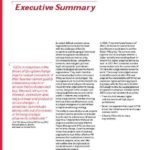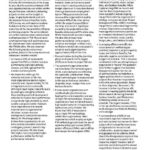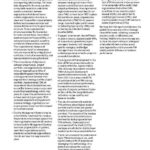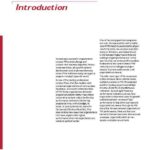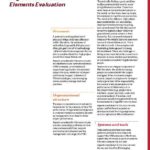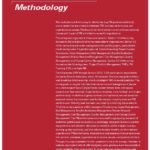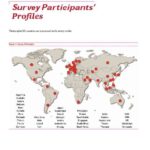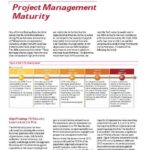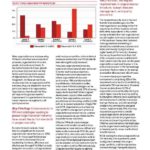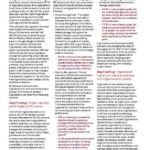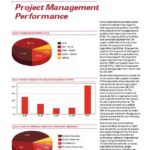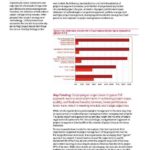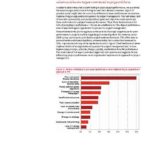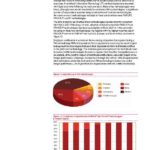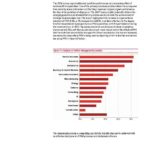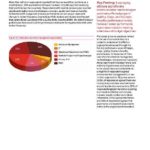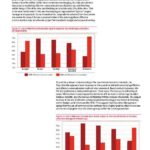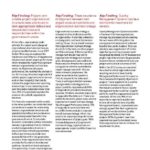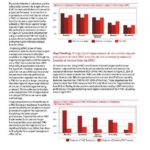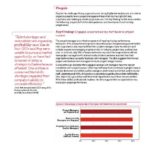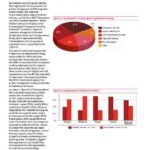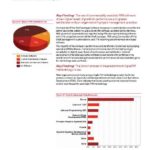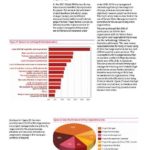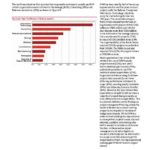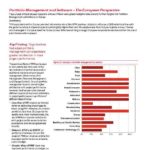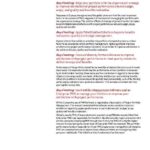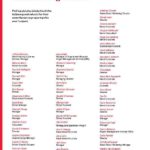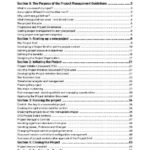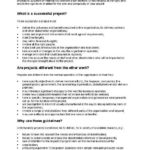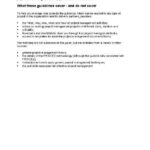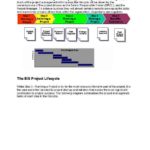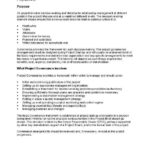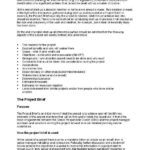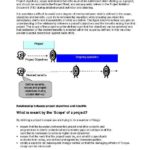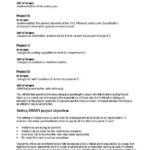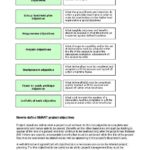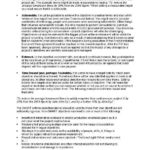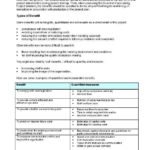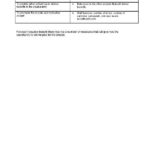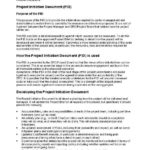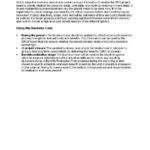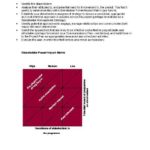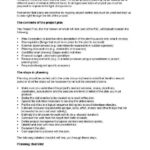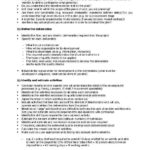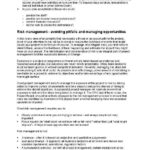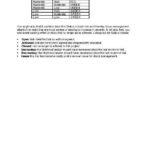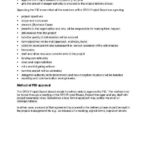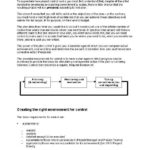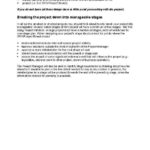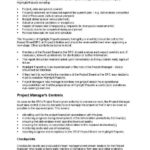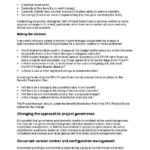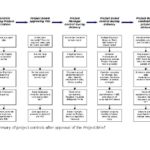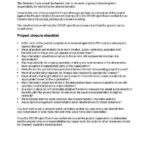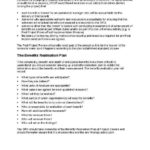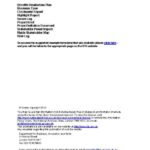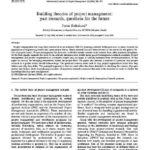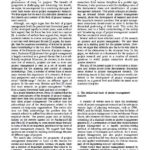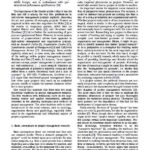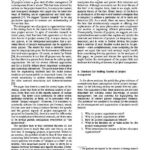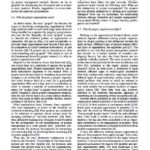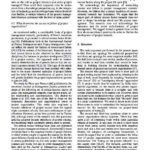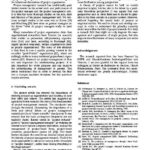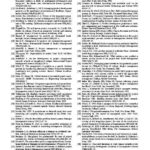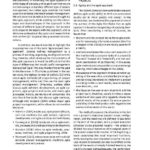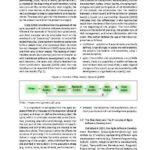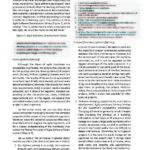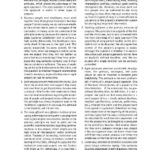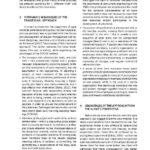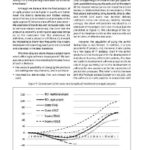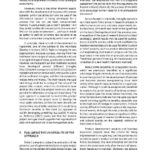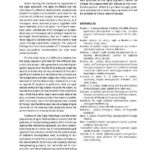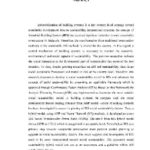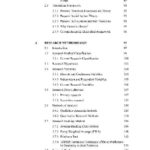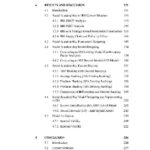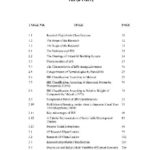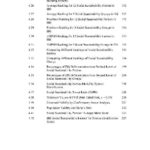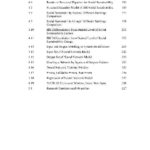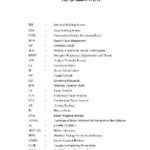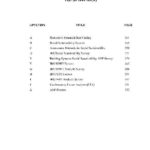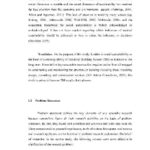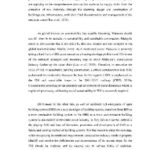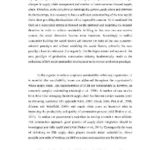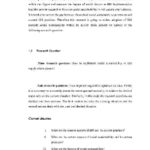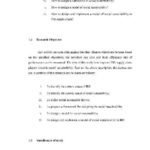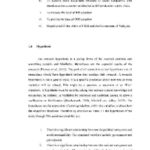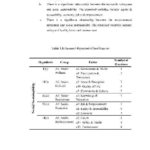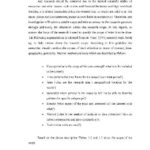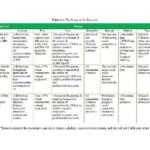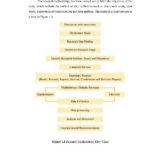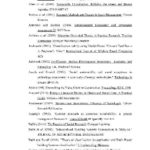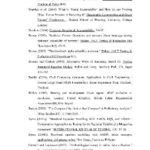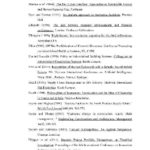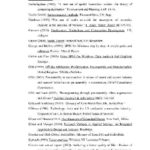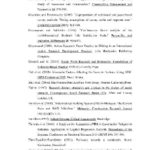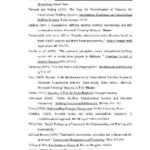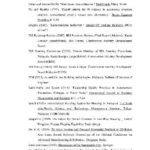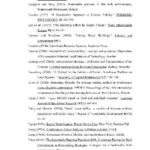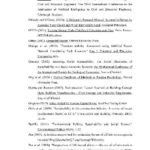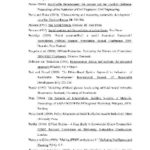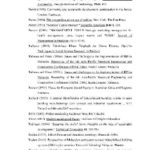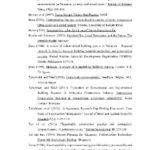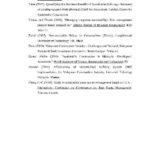Cost Intro & Overview
[pdfviewer width=”100%” height=”800px” beta=”true/false”]https://people.utm.my/shaifulamri/files/2017/10/1-COST-OVERVIEW-for-printing.pdf[/pdfviewer]
SCRAPERS GRADERS EXCAVATORS COMPACTORS
[pdfviewer width=”100%” height=”800px” beta=”true/false”]https://people.utm.my/shaifulamri/files/2017/02/2.scraper.pdf[/pdfviewer]
===================================================================================
[pdfviewer width=”100%” height=”800px” beta=”true/false”]https://people.utm.my/shaifulamri/files/2017/02/3.grader.pdf[/pdfviewer]
===================================================================================
[pdfviewer width=”100%” height=”800px” beta=”true/false”]https://people.utm.my/shaifulamri/files/2017/02/7.excvtor.pdf[/pdfviewer]
===================================================================================
[pdfviewer width=”100%” height=”800px” beta=”true/false”]https://people.utm.my/shaifulamri/files/2017/02/10.cmpctor.pdf[/pdfviewer]
===================================================================================
Dozers Loaders Haulers
[pdfviewer width=”100%” height=”800px” beta=”true/false”]https://people.utm.my/shaifulamri/files/2017/02/1.dozer_.pdf[/pdfviewer]
========================================================================================
[pdfviewer width=”100%” height=”800px” beta=”true/false”]https://people.utm.my/shaifulamri/files/2017/02/4.loader.pdf[/pdfviewer]
========================================================================================
[pdfviewer width=”100%” height=”800px” beta=”true/false”]https://people.utm.my/shaifulamri/files/2017/02/9.hauler.pdf[/pdfviewer]
Bloom’s Taxonomy, Applied Learning, and Knowledge Management
The Client Services department at Aconex has been talking a lot about Bloom’s taxonomy this year. I first learned this concept as a high school teacher. Basically, it’s a way of classifying the depth of knowledge a person has on a specific topic or, in our case, for a specific system.
As teachers, we used the levels of Bloom’s taxonomy to challenge our students and extend their knowledge beyond simply recalling facts, to forming opinions on those facts and making decisions based on them.
Today, Client Services and our consultants around the globe aim to help you and your teams achieve a knowledge of Aconex beyond just doing your job. We want to empower you to successfully innovate and create efficiencies for your processes and your teams.
In this blog, I will explain Bloom’s taxonomy and how it applies in the context of Aconex. I invite you to discover whether you have an internal champion with such a deep knowledge of Aconex that they can drive efficiencies in your organization.
What Is Bloom’s Taxonomy?
Bloom’s taxonomy is a hierarchy of six learning levels that show increasing degrees of knowledge. Starting with Recall at the base, a person moves through the levels as they increase their learning and gain ability to Understand, Apply, Analyze, and Evaluate, all the way up to the highest level, Create (see image above).
Recall
Recall is the learning foundation on which everything else is built – the ability to remember and repeat information. At primary school you may have learned the correct spelling of words by rote and reproduced them from memory. I learned my high school German vocabulary by listing words on a note that I could hold and memorize while cycling to school. However, simple recall does not enable you to communicate effectively on the subject; that requires a higher level of knowledge.
Knowing where to find information and get further help is always the first and most important step on your learning journey. For those new to Aconex, the most important thing to remember is where to get help. We have lots of resources, but a great starting point is the Help link at the top right of your Aconex screen.
The Help dialog window offers:
- Access to our online Support Content
- The Aconex Service Desk phone number for your country
- A list of your own organization’s administrators
- Basic walk-through videos that show you in-app how to complete specific tasks
Understand
Understand is the next level up in Bloom’s taxonomy. The following two examples of Aconex users demonstrate that they know about system functions (recall) but don’t yet understand how to apply them correctly. (Hint: Being able to apply/use your knowledge is the next level up).
First example: a new user seeking help replied to my Aconex email with “Thanks.” Great! They understood how to send email on Aconex. But their message was essentially blank; all they filled out was the response due date, forcing me to message back to learn what they needed.
Second example: a company had been using Aconex for a while and knew about the Confidential option for documents. So they marked Confidential on every document that they didn’t want other organizations to see. This didn’t actually benefit them, as the documents were already not visible to users outside their organization; instead, it caused problems. People new to their organization couldn’t find the documents, and when the documents were transmitted to other organizations the recipient had to manually remove the confidentiality to give their colleagues access. Confidentiality is perfect when you need to limit who in your organization has access to specific documents, but causes problems when applied too broadly.
Both of these users recalled key functionality but did not understand its purpose.
Apply
This is the level you want most of your users to reach. Here they can apply their understanding of their knowledge about Aconex to get their jobs done.
They have watched our webinars or completed our certified program; now they return to work. When you ask them to create a weekly report showing all the overdue RFIs, they apply their knowledge of searching, adding/removing columns and saving searches to create a more comprehensive report that you can run live every week. When you need a Progress Claim report, they can reapply the exact same skill set for another successful outcome.
Analyze, Evaluate, Create
In Karthik Venkatasubrumanian’s recent blog ‘Five Types of Collaborators’ he talks about organizational maturity. To improve the collaborative maturity of your organization, you need a group of people operating at the three higher levels of Bloom’s taxonomy: Analyze, Evaluate, and Create. These people have the knowledge and ability to review the use of Aconex and provide recommendations that will lead to increased efficiencies across both individual projects and your full suite of projects. They can dream up innovative ways of using Aconex to help you manage your complex or out-of-the-ordinary process.
It is at this level that Aconex Consultants and Specialists around the world provide the greatest benefit to our clients – listening to their processes and pain points, then working with them to map an Aconex solution that will save them time and money. This is what energizes our Consultants.
Imagine the benefits your company can receive if your internal champion, who knows your processes inside out, spends time with an experienced Aconex Consultant. Your expert can weigh the pros and cons and quickly provide a choice of new innovative solutions to help you improve your project processes.
I love seeing people achieve and be the best they can be; I also love looking for efficiencies in processes. I’m hoping you will be inspired to look for ways to improve your processes, utilizing and growing people who can analyze, evaluate and be creative in the way they use Aconex.
Source: Bloom’s Taxonomy, Applied Learning, and Knowledge Management




